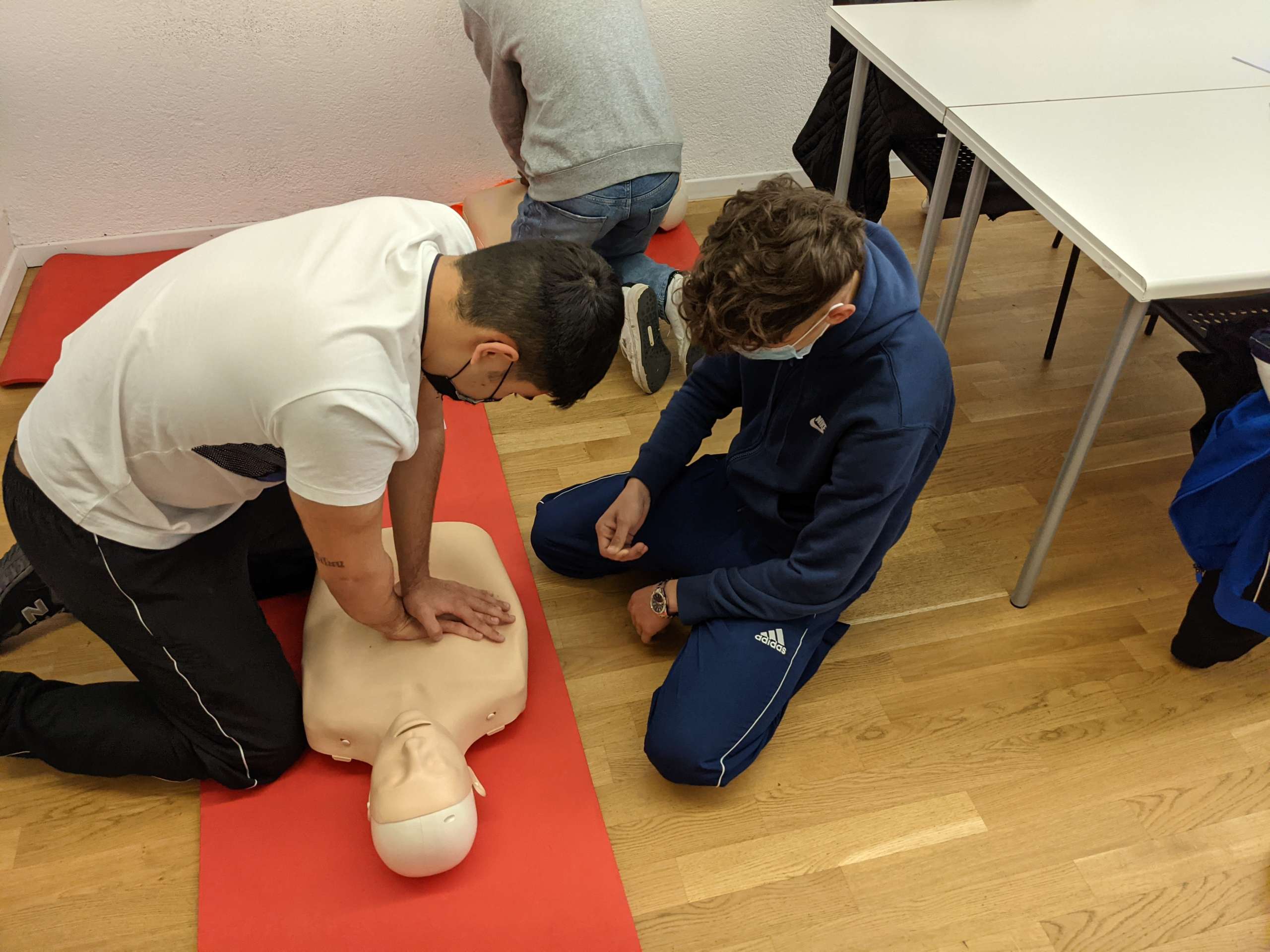You can save people’s lives by performing CPR
Sudden cardiac arrest (SCA) is a leading cause of death in the United States. Each year, more than 350,000 out-of-hospital cardiac arrests occur in the U.S. Of these, only about 10 percent survive. Many people think that CPR is too difficult to perform or that they will do it wrong and hurt the victim. However, CPR is easy to learn and can be performed by anyone, regardless of age or strength. In this blog post, we will explore how you can save people’s lives by performing CPR. We will cover what CPR is, how to perform it, and when to call 911.
What is CPR?
CPR is an emergency procedure that is performed when someone’s heart stops beating. It involves chest compressions and mouth-to-mouth resuscitation. CPR can be performed by anyone, even if you are not a medical professional.
Who can perform CPR?
CPR can be performed by anyone who has been properly trained, regardless of their age or physical strength. In most cases, bystanders are the ones who perform CPR on someone in need. Good Samaritans, family members, and friends often find themselves in a position to save a life with CPR.
While it is always best to seek professional medical help as soon as possible, there are situations where waiting for an ambulance is not an option. That’s when knowing how to perform CPR can make all the difference.
When performing CPR on an adult, you will need to use both hands to compress the chest two inches deep at least and 100-120 compressions per minute. For children and infants, you will need to use one hand to compress the chest about one-third the depth of the chest and at a rate of 100-120 compressions per minute.
When to use CPR
CPR, or cardiopulmonary resuscitation, is a lifesaving technique that can be used when someone has suffered a cardiac arrest. This means that their heart has stopped beating and they are not breathing. CPR can be used to restart the heart and breathing.
CPR can be performed on adults, children, and infants. It is important to know how to perform CPR on all three groups as the techniques are slightly different. It is also important to know when to use CPR.
Generally, you should perform CPR if you see someone who is unresponsive and not breathing or only gasping for air. If you are unsure whether the person needs CPR, it is always better to err on the side of caution and provide assistance.
If you witness a sudden collapse, call 911 immediately and then start performing chest compressions at a rate of 100-120 per minute.
How to perform CPR
If you see someone who appears to be unresponsive and not breathing normally, you should call 911 and begin CPR. To perform CPR, follow these steps:
1. Position the person on their back on a firm surface. If possible, lift the person’s chin and tilt their head back to open the airway.
2. Place your hand over the person’s mouth and pinch their nose shut.
3. Take a deep breath and give the person two rescue breaths. Each breath should last about one second and make the chest rise noticeably.
4. Begin chest compressions by placing your hands in the center of the person’s chest, interlocking your fingers, and using your body weight to push down vertically about 2 inches (5 centimeters). Pump at a rate of 100 compressions per minute for adults or 120 compressions per minute for children under age 8 or victims of sudden cardiac arrest (SCA).

